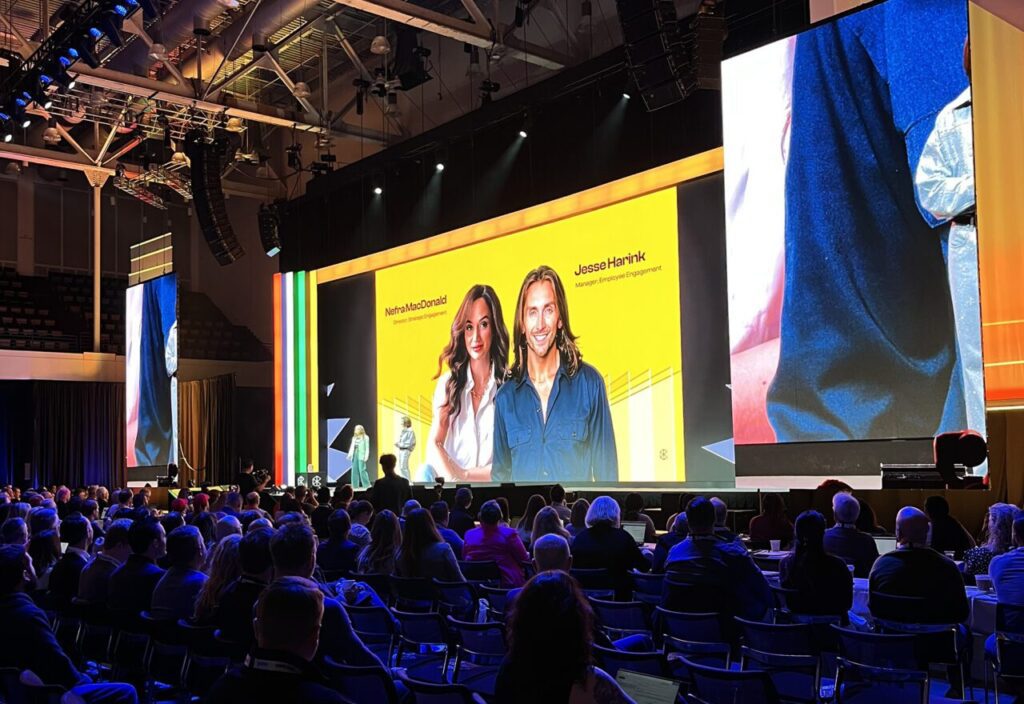Something very interesting is going on: Magazines are becoming catalogs and catalogs are becoming magazines. This is nothing like the magalogs of days gone by that simply added some editorial to a standard catalog.
The first type, magazines that double as a new type of catalog, are catching on like wildfire. What makes them different from regular magazines is that virtually every editorial block not only states the charms of a particular item, it also provides the Web site address to visit or phone number to call to purchase it.
Lucky Magazine (www.luckymag.com), “the magazine about shopping,” is generally credited with starting the trend. As Kiplinger’s reported in 2001, “[Lucky] is like having a personal shopper and stylist find the best and hippest from all over the country.” According to data from new business tracker Springwise.com, in 2002 Lucky had ad revenue of $20 million; the following year, noted the San Diego Union Tribune, Lucky continued to grow by 61%. All the while in a soft market for magazines.
But what makes Lucky, and others like it, different doesn’t stop at editorial with resource info attached. This new breed of magazine doesn’t rely on celebrities or “how-to” sex stories. It appears that the concept is so attractive to the target audience that celebrity and sex aren’t necessary. One obvious reason: there’s nothing static or low-key about these entertaining and functional publications.
What’s more, the new-style magalogs can make some things work that we catalog marketers can’t. Remember when some catalogers less than successfully tried insert pages of sticky tabs that the customer could attach to a page of an item they wanted to buy? Well, Lucky offers this, too, but this time the economics work because the tabs are part of an ad paid for by Maybelline.
Naturally, Lucky’s Web site takes ease of purchase one step further: Just click on the name of the Web site of the company offering those must-have patterned pumps and off you go to the correct shoe store.
Lucky is read by 1 million people in our prime market: women, 87% of them 18 to 49 years old and half with a household income of $100,000 plus. If women are so hot on Lucky, why not go after the men? Enter Cargo, based on the very same premise of shopping from a magazine, which debuted last March.
Hearst Communications Inc. launched its own version, aptly named Shop Etc. (www.shopetc.com), in August. Not to be outdone by Lucky, Shop Etc. goes beyond fashion and beauty products by taking shoppers into the home. In addition, every issue contains “checks” redeemable at stores. The fall issue offered, among other things, 20% off French Connection fashions, 10% off Michael Graves products at Target and free mascara at Benefit. Shop Etc. even has its version of cataloger’s exclusive items: Top Floor, a section devoted to “gorgeous gifts for you and your home, handpicked…and only available here.”
Vitals, Cargo’s competitor, launched this past fall. Part of Fairchild Publications, this new entry is using star power; its premiere issue had Matt Damon on the cover. Press releases insist it will be like “night and day” compared with Cargo.
Two other shopping — by-magazine newcomers will bow early this year: Star Magazine, which, as the name suggests, will go the famous folks route, and Vibe Vixen. Only the music magazine Vibe knows what the deal on this spinoff will be.
Catalog-zines
Then there’s the second type of hybrid, the catalog-turned-magazine. Catalog Age notes that old-timer Vogue tested the waters via a Web site that sent visitors directly to advertisers’ sites. If it’s successful, Condé Nast plans to continue this feature.
In print, Bergdorf Goodman Magazine is not to be overlooked. Though Saks and Hermes also have magazines, the first of this type I saw was B from Bloomingdale’s. An ad page in B costs $16,000. Given the 35 ads B had in the issue I reviewed, that’s a nice $560,000 cushion. Though the ads look just like any other page in the book, both consumer and B-to-B catalogers have long charged for space to generate instant revenue and offset costs.
So new competition is coming from all sides. What are we going to do about it?
The good news is that the first type of magalog, while undoubtedly creating a kind of rivalry, also offers an exciting opportunity.
My first thought was that magazines like Shop Etc. could double-dip, getting the benefits of normal ad revenue plus income from editorial referrals. Not so. I spoke with executive editor Charla Krupp, and she said there’s no charge for editorial referrals and Shop Etc. loves catalogs! So much so that it features a “hot” book each month and actively looks for contenders. The debut issue featured three catalogers that reflected Shop Etc.’s three product areas: Vivre represented fashion, Bliss spoke for beauty and Home Restoration covered the home category.
In fact, rather than viewing itself as competition, Ms. Krupp believes Shop Etc. can be a real asset for catalogers. I couldn’t agree more, especially since it doesn’t just stop at on-page help. Last October, Ms. Krupp was on the “Today” show explaining why J. Crew was selected as Shop Etc.’s hot catalog for the fall issue.
Still, these well-designed entertainment vehicles are a form of competition for your audience’s time and money. Get on the subscription database and follow what each one of the new breeds does. Learn what they’re looking for in order to get editorial coverage for your catalog. Then deliver it.
Also, give more thought to how you can incorporate co-op dollars into your catalog by testing ads from companies that complement your products and positioning. Remember, an ad doesn’t have to look like an ad. It can be a useful, relevant editorial-style advertisement — with the revenue going directly to your bottom line.
KATIE MULDOON (kmuldoon@muldoonandbaer.com) is president of DM/catalog consulting firm Muldoon & Baer Inc., Tequesta, FL.





